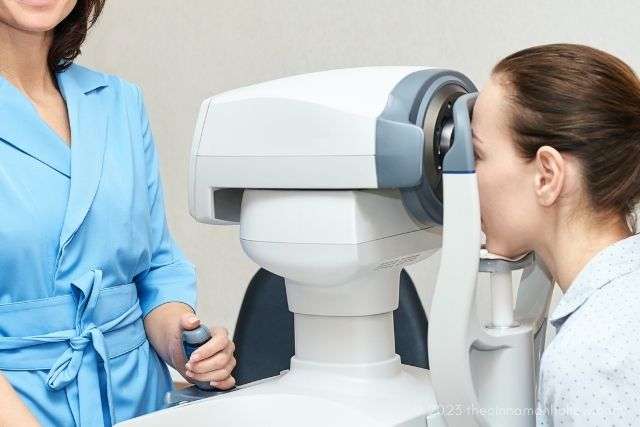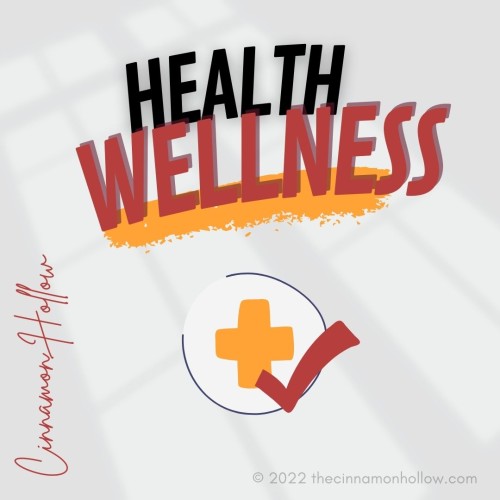Getting regular eye exams is vital for people of all ages. If you notice signs that it’s time to go to the eye doctor, schedule an appointment immediately.
While some symptoms may seem minor, putting off your eye exam could lead to serious problems.

Changes in Vision
Whether you suddenly have to squint a lot or have been struggling to read, if your vision has changed, it’s time to see an eye doctor near me. These changes could be as simple as needing a prescription update, but they also could indicate a more serious condition that needs to be treated.
A common symptom is trouble with nighttime vision, which can indicate glaucoma. Another issue is when you begin to see halos around light sources, which can be a sign of cataracts.
Finally, if you start to see floaters or flashes in your vision, this is a dangerous symptom and should be taken seriously. These are signs of a retinal tear or detachment and require immediate treatment.
Changes in Eye Appearance
Most doctors recommend an eye exam every two years, but once you reach age 65, that should be bumped annually. It’s essential to get regular checkups because they can detect the earliest signs of glaucoma, cataracts, and macular degeneration.
Your eyes can also reveal early symptoms of health conditions like diabetes, high blood pressure, and autoimmune disorders like lupus. These issues can lead to several problems that impact your vision and should be addressed immediately.
Changes in eye color or the appearance of spots and floaters can indicate serious eye conditions like cataracts, retinal disease, or even a tumor. If you notice any changes in the color of your eyes, schedule an appointment with your doctor immediately.
Pressure in the Eye
If you feel pressure in the eyes, it’s time to visit an eye doctor. A feeling of pressure in the eyes is typically caused by a health condition or eye trauma that disrupts the balance between fluid production and drainage.
Elevated eye pressure (also known as ocular hypertension) can damage the optic nerve and lead to vision loss. Your eye doctor can measure your eye pressure during a routine exam.
A common method of measuring eye pressure is the air puff test, which involves aiming a short (and painless!) burst of air at the front of your cornea to gauge your eye pressure.
Nearsightedness
If you have to squint to see road signs or hold your book at arm’s length to read the print, it’s time for an eye exam. These symptoms may indicate that your prescription is changing and you need new glasses or contacts.
If your eyes are red, scheduling an appointment with your doctor is important. A persistently red or irritated eye can indicate diabetes, high blood pressure, and other health conditions affecting vision.
You can visit an ophthalmologist or optometrist for an eye exam. Ophthalmologists have a medical degree and can perform surgery, prescribe medications, and diagnose eye diseases.
Farsightedness
Blurry vision at close range is another sign that it’s time for an eye exam. This is also called presbyopia, and it occurs when the lens inside your eye becomes hard and loses its ability to focus on nearby images.
Eyeglasses and contact lenses can correct farsightedness by bending the light that enters your eyes so it focuses directly on the retina. This is a common condition often present from birth, although it can worsen with age.
Farsighted people must work harder to see things up close, which can lead to eyestrain and headaches. This is why ensuring good lighting in your home and office is essential, such as taking breaks when reading or working at a computer and using glasses or contacts as needed.
We are not doctors and this is in no way intended to be used as medical advice and we cannot be held responsible for your results. As with any product, service or supplement, use at your own risk. Always do your own research before using.






